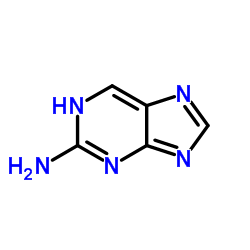| Structure | Name/CAS No. | Articles |
|---|---|---|
 |
Methanol
CAS:67-56-1 |
|
 |
2-Aminopurine
CAS:452-06-2 |
|
 |
aminophenol
CAS:95-55-6 |